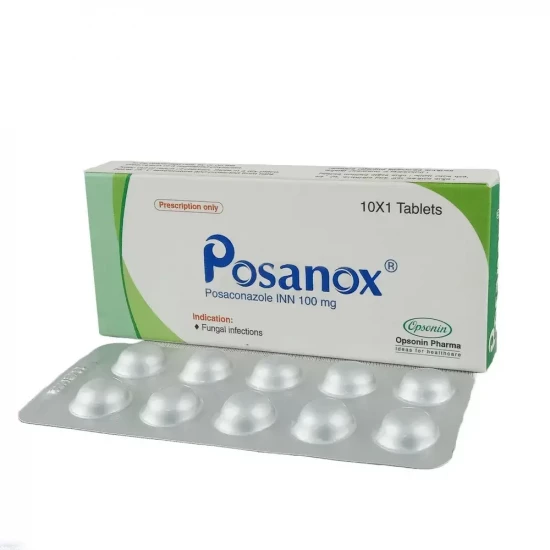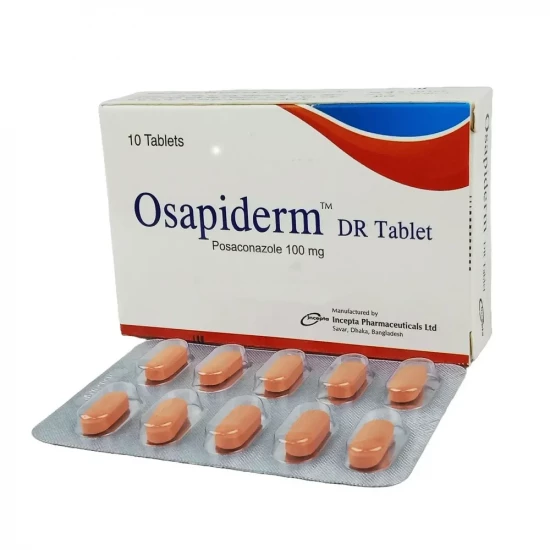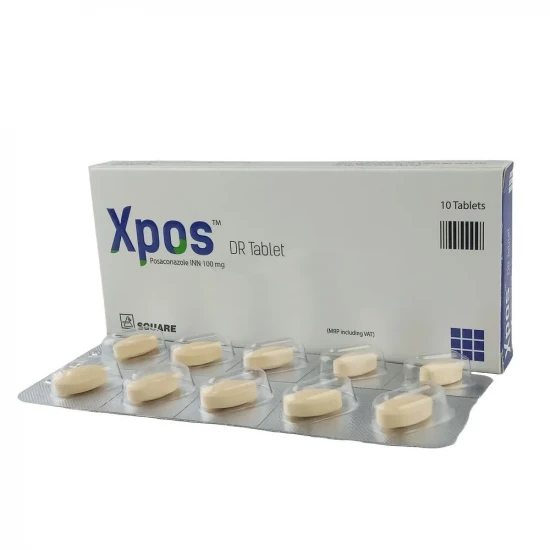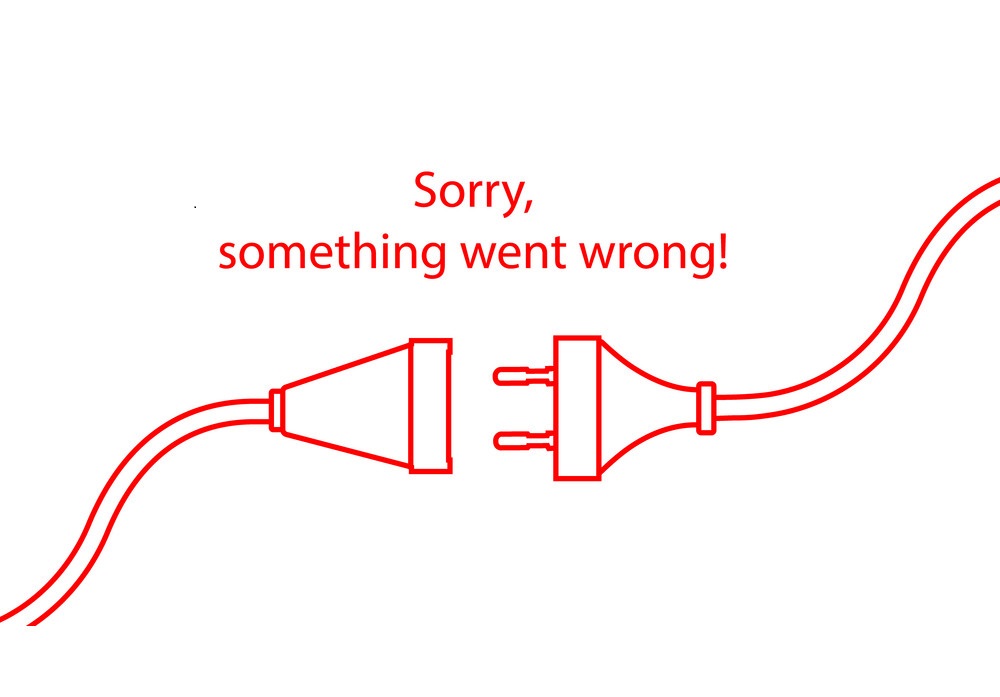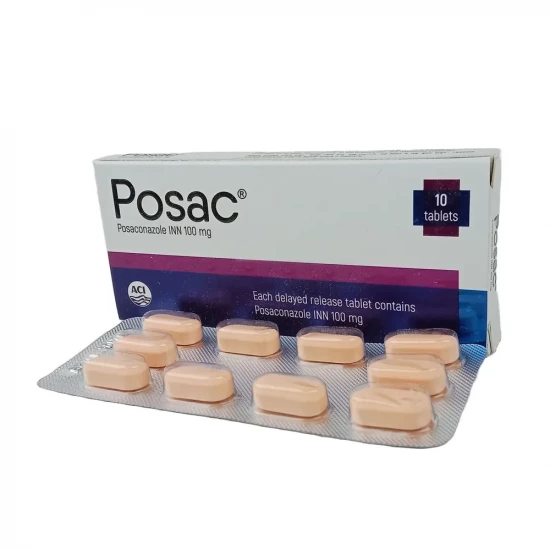
✔ 100% Authentic Product
👁️ Currently Viewing 528
- Treatment of severe fungal infections
- Prophylaxis against invasive Aspergillus and Candida infections
- Management of oropharyngeal candidiasis, including cases resistant to itraconazole or fluconazole
Discount
Price: ৳ 1,900
MRP:
৳
2000
5%
Off

100% Genuine Products, Guaranteed

Safe & Secure Payments, Always

Fast, Secure & Efficient Delivery

Proper Packaging
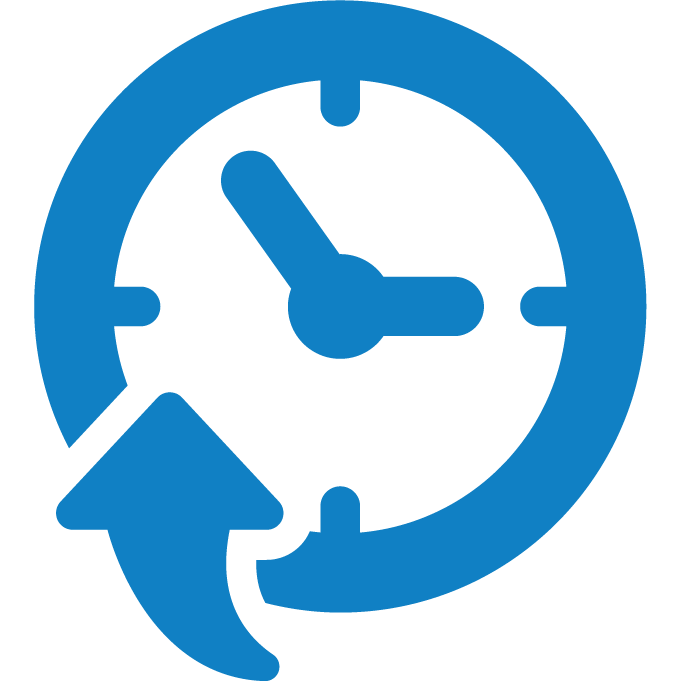 Cash on Delivery - All over Bangladesh
Cash on Delivery - All over Bangladesh Regular Delivery - 12-24 Hours, Dhaka City* Charge Tk.39-59
Regular Delivery - 12-24 Hours, Dhaka City* Charge Tk.39-59 Regular Delivery - 24-48 Hours, Other Cities* Charge Tk.99-110
Regular Delivery - 24-48 Hours, Other Cities* Charge Tk.99-110
 ফ্রি ডেলিভারিঃ - ৯৯৯ টাকা+ অর্ডারে, ঢাকা
শহরে
ফ্রি ডেলিভারিঃ - ৯৯৯ টাকা+ অর্ডারে, ঢাকা
শহরে ফ্রি ডেলিভারিঃ - ২৯৯৯ টাকা+ অর্ডারে, ঢাকার
বাহিরে
ফ্রি ডেলিভারিঃ - ২৯৯৯ টাকা+ অর্ডারে, ঢাকার
বাহিরে
100% Genuine Products, Guaranteed
Safe & Secure Payments, Always
Fast, Secure & Efficient Delivery
Proper Packaging
 Cash on Delivery - All over Bangladesh
Cash on Delivery - All over Bangladesh Regular Delivery - 12-24 Hours, Dhaka City* Charge Tk.39-59
Regular Delivery - 12-24 Hours, Dhaka City* Charge Tk.39-59 Regular Delivery - 24-48 Hours, Other Cities* Charge Tk.99-110
Regular Delivery - 24-48 Hours, Other Cities* Charge Tk.99-110 ফ্রি ডেলিভারিঃ - ৯৯৯ টাকা+ অর্ডারে, ঢাকা
শহরে
ফ্রি ডেলিভারিঃ - ৯৯৯ টাকা+ অর্ডারে, ঢাকা
শহরে ফ্রি ডেলিভারিঃ - ২৯৯৯ টাকা+ অর্ডারে, ঢাকার
বাহিরে
ফ্রি ডেলিভারিঃ - ২৯৯৯ টাকা+ অর্ডারে, ঢাকার
বাহিরে
✅ Description:
Posac 100 is an antifungal medication belonging to the triazole class. It works by inhibiting fungal cell membrane formation, ultimately killing fungi and treating severe fungal infections. This medicine is available as an injection and must be administered by a trained healthcare professional—self-administration is not recommended. To ensure maximum benefit, it should be taken at regular intervals and continued for the full prescribed duration, even if symptoms improve early. Discontinuing treatment prematurely or missing doses can lead to recurrence or resistance.
✔️ Mechanism of Action
Posac 100 blocks the synthesis of ergosterol, an essential component of the fungal cell membrane, by inhibiting the enzyme lanosterol 14-α-demethylase. This results in abnormal cell membrane formation and fungal cell death. It is effective against Candida spp., Aspergillus spp., Coccidioides immitis, Fonsecaea pedrosoi, certain Fusarium species, and some zygomycetes.
✔️ Adverse Effects
Very Common (>10%):
- Fever, diarrhoea, nausea, abdominal pain, headache
- Hypokalaemia, hypomagnesaemia
- Anaemia, thrombocytopenia, neutropenia
- Cough, dyspnoea, mucositis
- Hypertension, rash, fatigue
Common (1–10%):
- Constipation, anorexia, dyspepsia
- Insomnia, dizziness, anxiety
- Myalgia, arthralgia, back pain
- Oedema, leg swelling
- Vaginal bleeding, epistaxis
- Viral infections (CMV, herpes simplex)
- Hypoglycaemia, hypocalcaemia
✔️
Oral (Adults):
Prophylaxis:
Delayed-release tablets: 300 mg twice on Day 1, then 300 mg daily.
Oral suspension: 200 mg three times daily.
Oropharyngeal Candidiasis:
Suspension: 100 mg twice daily on Day 1, then 100 mg once daily for 13 days.
Resistant cases: 400 mg twice daily.
Tablets and suspension are not interchangeable due to differing dosing requirements. Tablets must be swallowed whole, and suspension should be taken with food, a nutritional drink, or an acidic beverage.
Pediatric Use:
<13 years: Safety not established (for tablets and suspension).
>13 years:
Suspension: 200 mg three times daily.
Tablet: 300 mg twice on Day 1, then 300 mg daily.
Oropharyngeal candidiasis: 100 mg suspension twice daily on Day 1, then once daily for 13 days. Resistant cases may require 400 mg twice daily.
Renal Impairment:
In patients with eGFR <50 mL/min, avoid IV use unless benefits outweigh risks due to possible accumulation of SBECD (solubilizing vehicle).
Monitor serum creatinine; switch to oral formulations if kidney function worsens.
✔️
Decreased posaconazole levels with: efavirenz, fosamprenavir, cimetidine, esomeprazole, metoclopramide, phenytoin, rifabutin.
Increased concentrations of: ritonavir, atazanavir, tacrolimus, ciclosporin, calcium channel blockers (verapamil, diltiazem, nifedipine, nicardipine, felodipine), midazolam, digoxin.
Increased risk of toxicity with: vinca alkaloids (vincristine, vinblastine).
✔️ Contraindications
Hypersensitivity to posaconazole or similar azole antifungals.
Concomitant use with sirolimus, ergot alkaloids, certain CYP3A4 substrates (terfenadine, astemizole, cisapride, pimozide, halofantrine, quinidine), and HMG-CoA reductase inhibitors (simvastatin, lovastatin, atorvastatin).
✔️ Pregnancy & Lactation
Animal studies suggest potential risks, including fetal harm (skeletal malformations, resorptions).
Limited data in humans; use only if clearly necessary.
Excreted in animal milk; human milk data lacking. Caution is advised for breastfeeding mothers.
✔️ Precautions
Use with caution in patients with hepatic impairment, renal impairment, or pre-existing heart rhythm disorders.
May cause dizziness or blurred vision—patients should avoid driving or operating machinery until safe.
Regular monitoring of liver function, kidney function, electrolytes (Ca, Mg, K), CBC, and fungal breakthrough infections is advised.
Use during pregnancy and lactation only if clearly needed.
✔️ Storage:
Store below 25°C. Keep out of the reach of children.
⚠️Disclaimer:
At ePharma, we’re committed to providing accurate and accessible health information. However, all content is intended for informational purposes only and should not replace medical advice from a qualified physician. Please consult your healthcare provider for personalized guidance. We aim to support, not substitute, the doctor-patient relationship.




